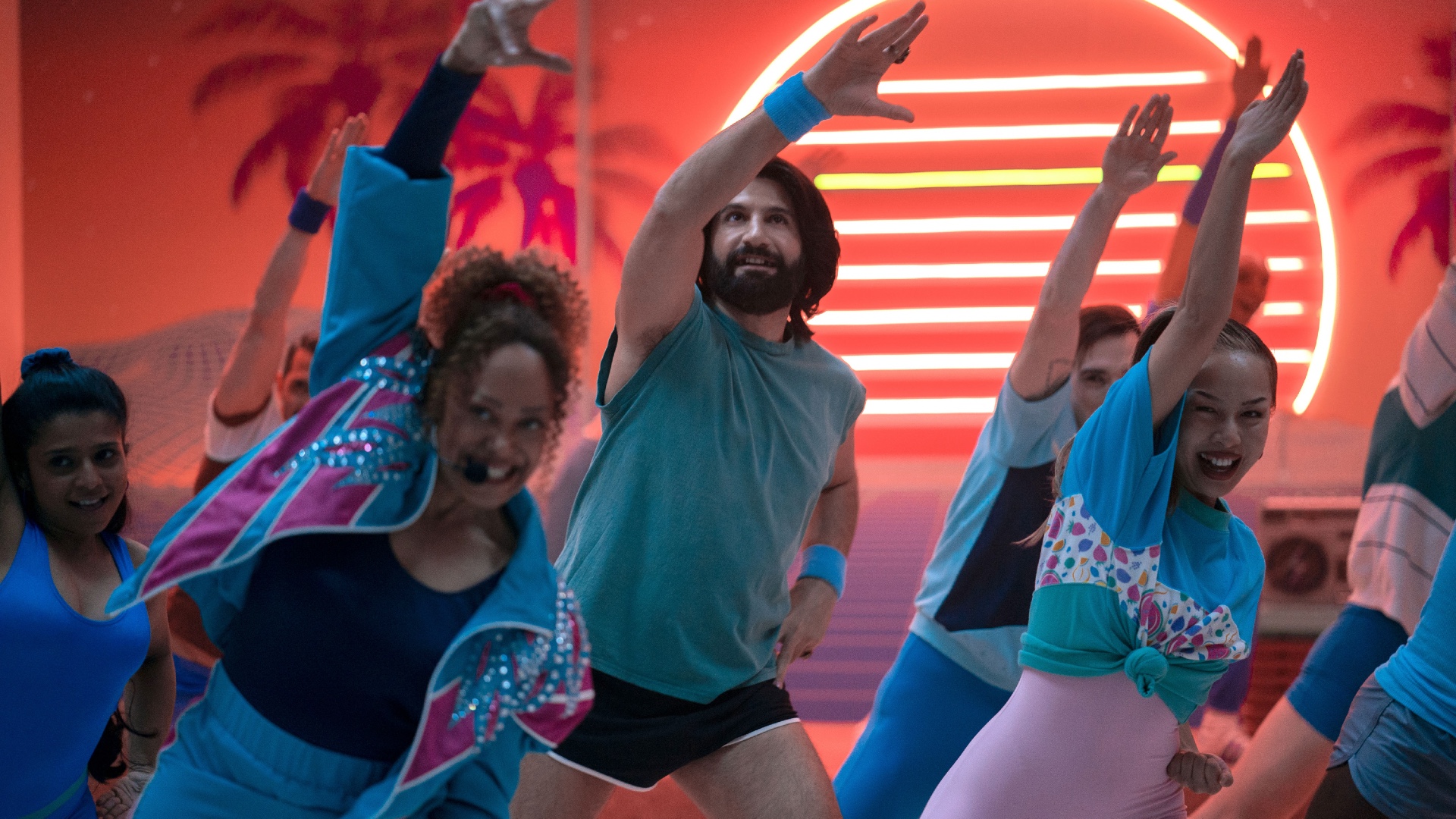What We Do in the Shadows on FX is a supernatural comedy that allows its characters to go beyond all of the powers and vulnerabilities that viewers expect of vampires, while still honoring the tradition established by the bloodsuckers that preceded them. In fact, the humor of a particular scene often stems from the subversion of the archetype, whereas the more expected wooden stakes and sunlight vulnerabilities are reserved for story arcs where the danger is more serious and real.
The most obvious use of humorous artistic license with vampire lore lies in the depiction of Colin Robinson as an energy vampire. The 2014 film upon which the FX show is adapted used the mockumentary style often imitated by single camera office comedies on television. Now the show introducing a creature that uses small talk and idle chatter to drain the life-force of co-workers and housemates fits perfectly into that formula. Notably, the only indications that Colin Robinson is even feeding are his ecstatic grin and glowing eyes. The understated nature of his vampirism is what makes it work.
Read more
Colin Robinson, in fact, checks very few of the boxes on the vampire checklist. He has the long life of a vampire, but he doesn’t appear to have the flashy powers of transmogrification or victim hypnosis. His only advantage seems to be that he can walk with impunity in full sunlight. But even as What We Do in the Shadows subverts these vampire norms, it gives the energy vampire powerful abilities that even his peers don’t have, like an invulnerability to fire to further avert audience expectations.
Viewers also expect their vampires to be immortal, and if it weren’t for the advanced age of Nandor, Laszlo, and Nadja, What We Do in the Shadows would not be able to capitalize on the fish-out-of-water humor of their anachronistic existence. The series even played with the convention of having its eldest vampires appear less human with the passage of time (see The Master in either Buffy the Vampire Slayer or The Strain). The antics of the Baron in season one were therefore even more hilarious thanks to the juxtaposition of his elven ears, red eyes, and wrinkles displayed in all their glory beneath a New Jersey Devils cap.
And let’s not forget the infamous vomiting! Many vampire stories portray their creatures of the night subsisting only on fresh blood (or its synthetic equivalent in True Blood), but most can at least tolerate human food. The vampires in A Discovery of Witches can enjoy a glass of wine and some rare beef, for example, and although Twilight vampires must discreetly cough up their food later, they can eat to blend in. Not so in What We Do in the Shadows! The explosive regurgitation makes the show disgustingly and hilariously unique.
There are even quirks within the powers displayed by the vampires in What We Do in the Shadows. Laszlo, for example, can speak to animals and must shout “Bat!” in order to transform — or perhaps he simply chooses to do so. Nadja is particularly good at crawling up walls like a spider, and she joyously mentors Jenna as the novice vampire discovers her singular ability to turn invisible in season one. Meanwhile Nandor can become a dog and set fires with his mind! This amount of diversity among vampires is not often explored elsewhere.
What We Do in the Shadows sticks to the classics for its more mundane illustrations of vampire clichés. Guillermo may not be the blood-charmed familiar found in earlier tales of horror, but he uses wooden stakes with a Buffy level of bad-assery. Sunlight may not affect half-vampires like Wesley Snipes, but it takes care of the Baron easily enough and is even used as a method of execution by the Vampiric Council. Some conventions just shouldn’t be messed with.
Everything else about What We Do in the Shadows, however, takes vampire norms and twists them to fit the humor and atmosphere of the show. If the charismatic Jan and her cult believe that vampires can be turned back into humans, so be it! Nadja can transform into a pile of rats? Sure, why not? Including stories like Colin Robinson’s investigation into the origin of energy vampires is exactly what keeps this series as original and fresh as the virginal blood of the geekiest LARPer.


